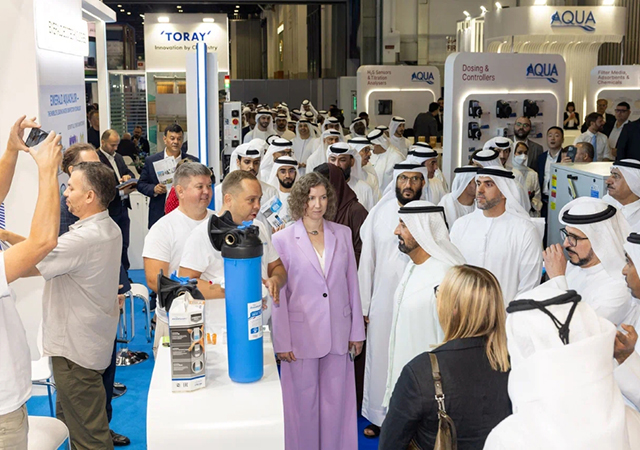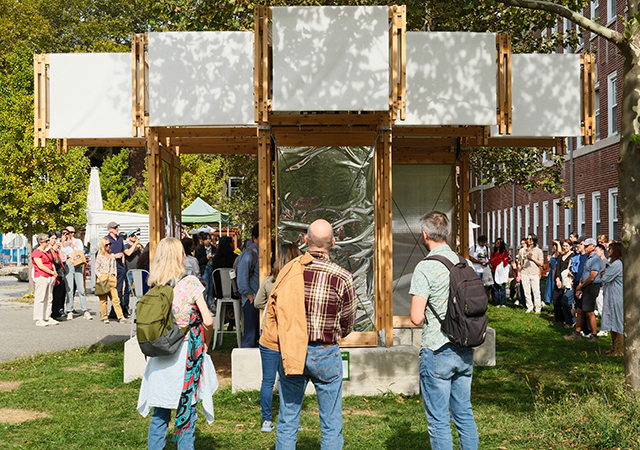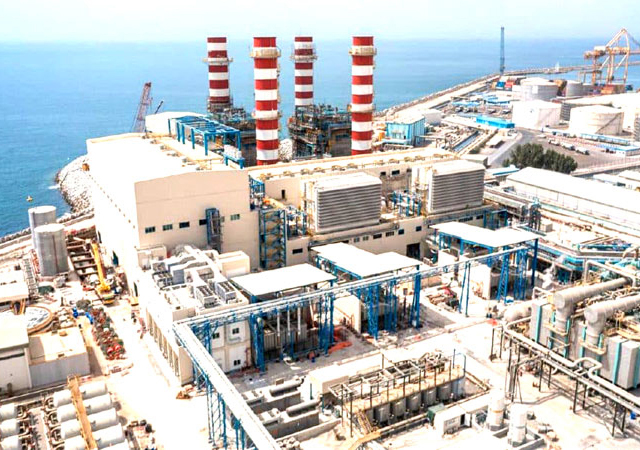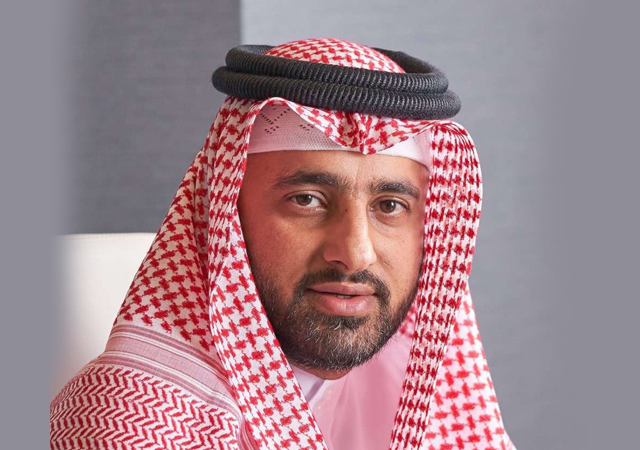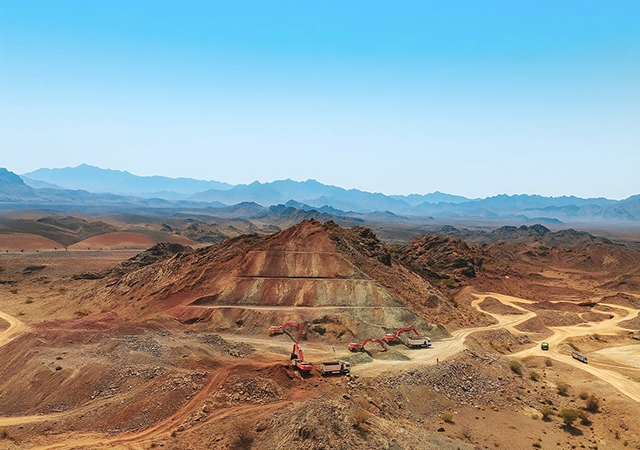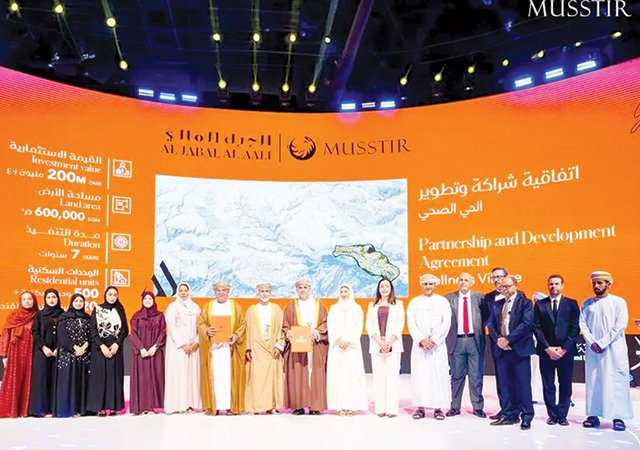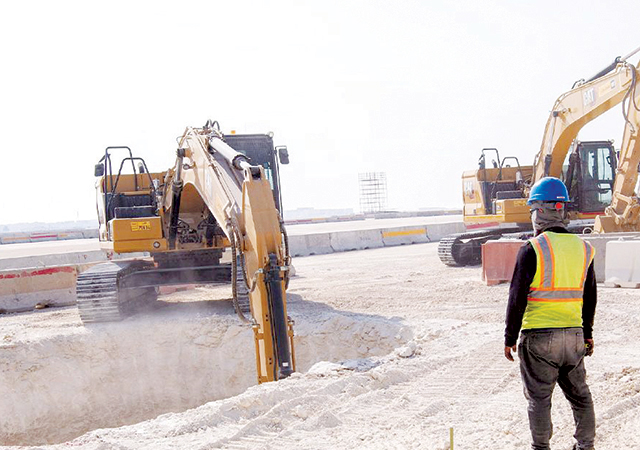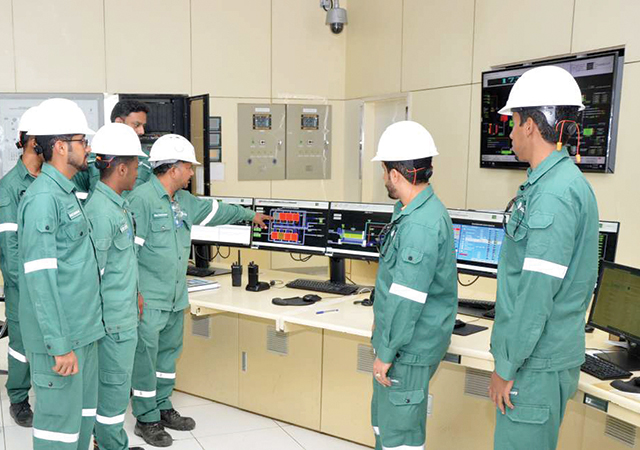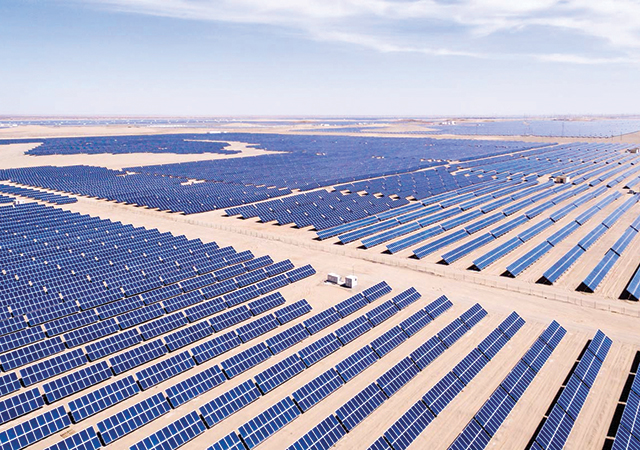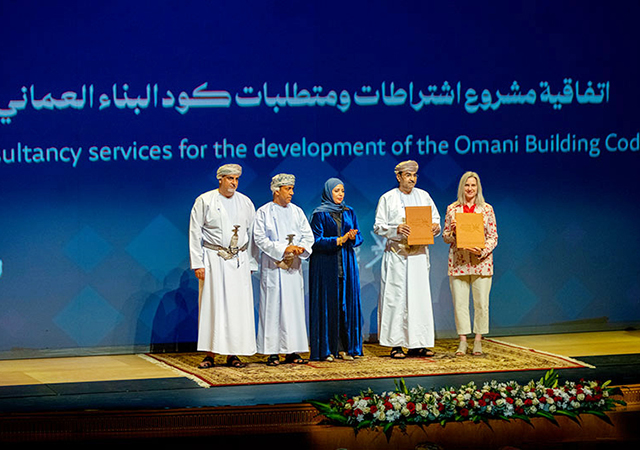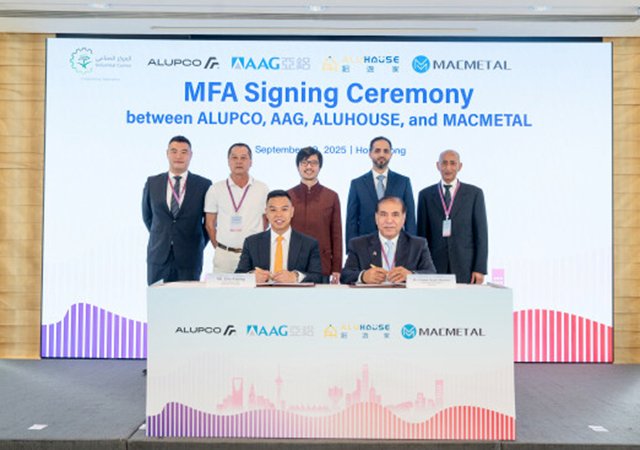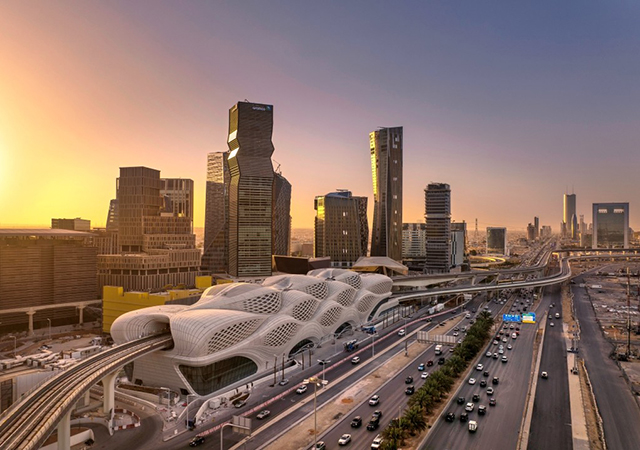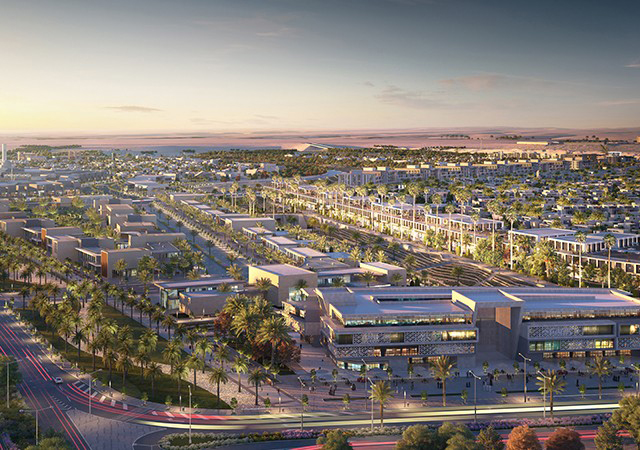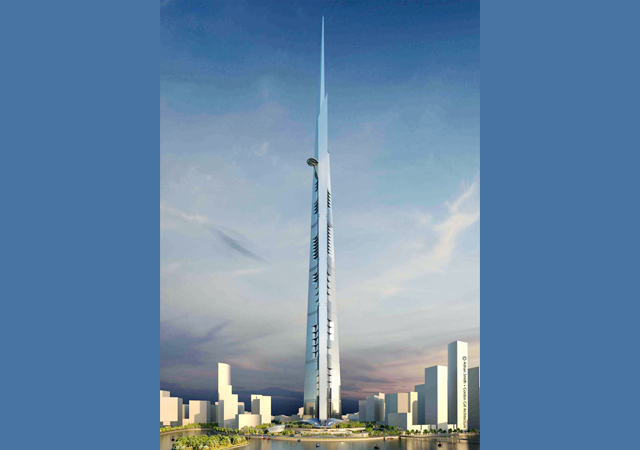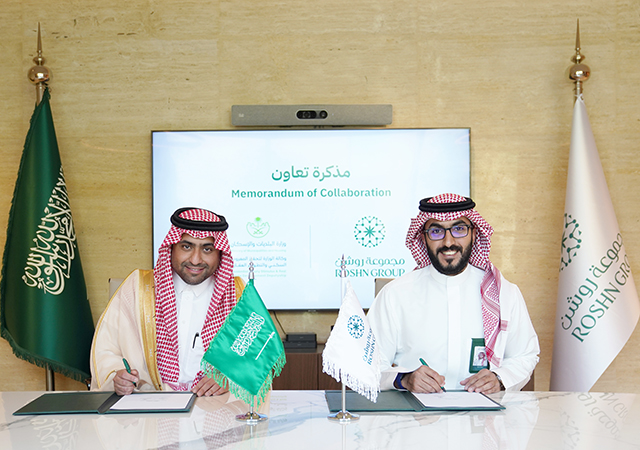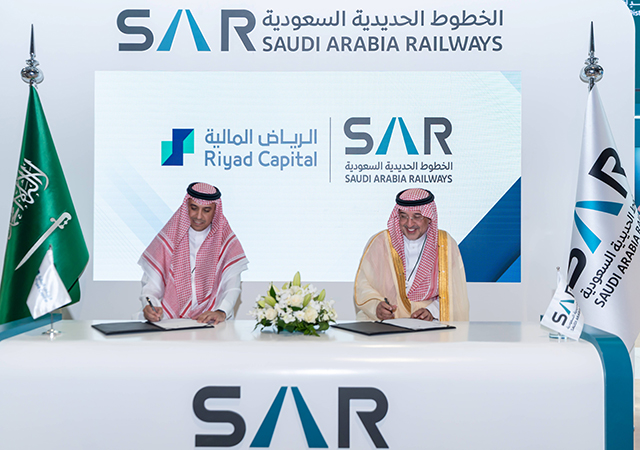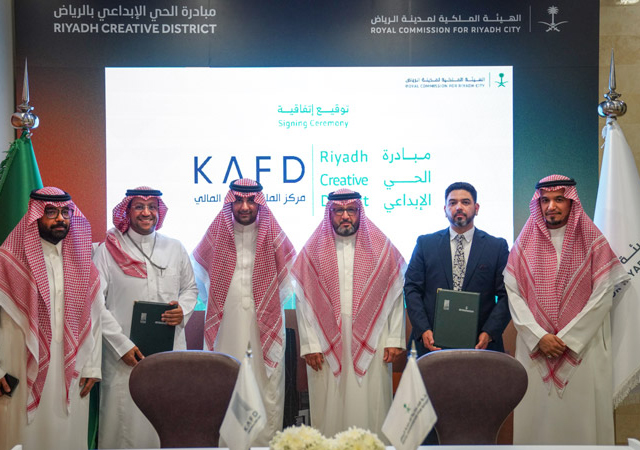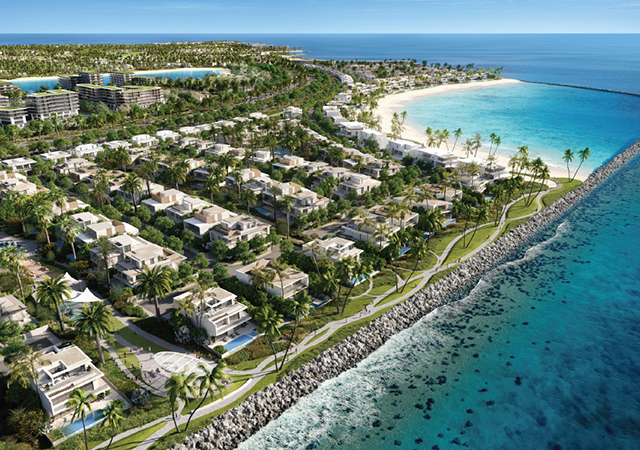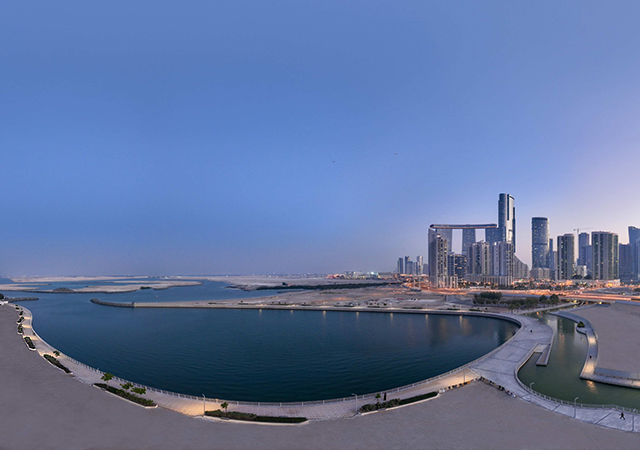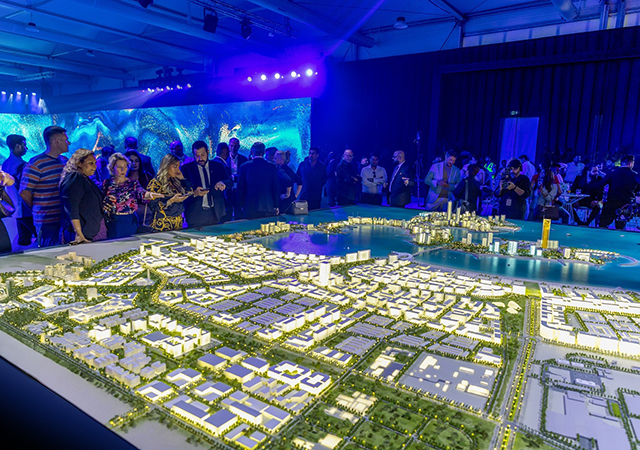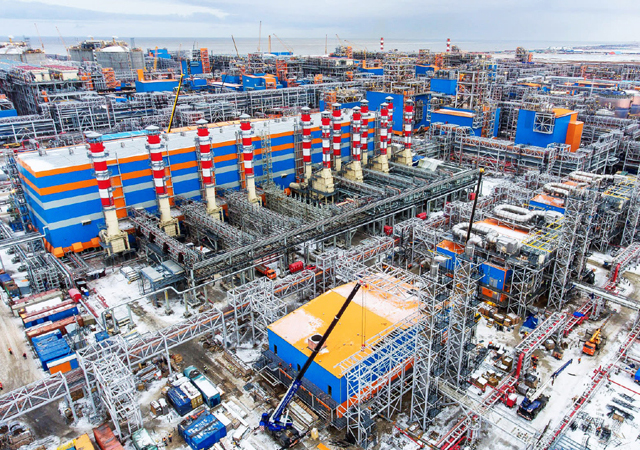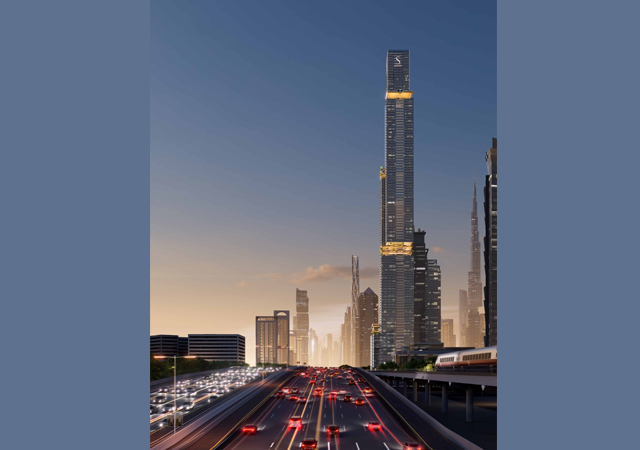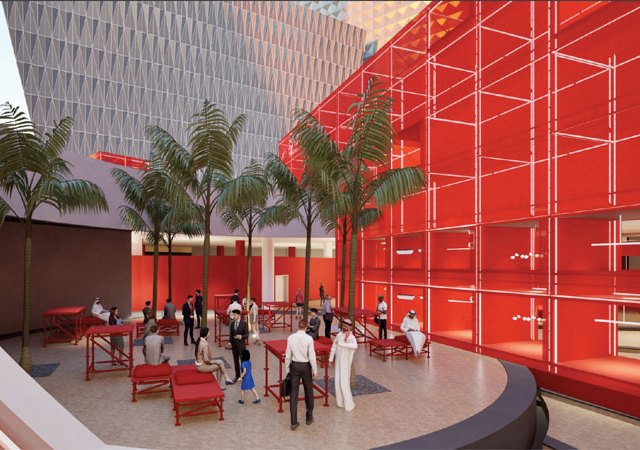
 A perspective of Madinat Al Hareer ... massive.
A perspective of Madinat Al Hareer ... massive.
Kuwait has unveiled an ambitious five-year $131 billion development plan for an array of mega projects over the next five years including the new business hub dubbed Silk City.
In addition to the Silk City, the projects include a harbour, railway and metro system.
Kuwait’s first five-year development plan in more than two decades, the project aims to “boost gross domestic product, diversify sources of income and help the private sector take the lead in the domestic economy,” according to Al-Rai newspaper which published the draft plan.
The plan, which includes a total of 1,100 projects, must be approved by the parliament before it can be implemented.
It is not immediately clear if all the projects will be funded by the state.
The plan will finance part of the $77-billion Madinat Al Hareer Silk City, which aims to revive the ancient Silk Road trade route by becoming a major free trade zone linking central Asia with Europe.
The city will be located in the northern tip of Kuwait in the strategic area of Subiya near the Iraqi border, and is set to include what could be the tallest tower in the world.
When complete in 2030, it will be home to around 700,000 people and is projected to create 450,000 jobs.
The Gulf state has been vying to diversify its economy, which is dominated by both the public sector and oil revenues. But wrangling between parliament and the government has delayed key projects.
The oil sector contributed around 59 percent of Kuwait’s GDP of more than $110 billion in 2007.
The private sector’s share still remains at just over 30 per cent despite the privatisation of a number of state projects.
The plan, scheduled to run between 2009 and 2014, also calls for the construction of a long-delayed 25-km causeway to link Subiya with the capital and a mega container harbour in nearby Bubiyan island to serve Iraq and other Gulf states.
It also envisages construction of a railway and metro at a projected cost of more than $11 billion, in addition to around 50,000 housing units for citizens. The railway will become part of a project linking the GCC.
Kuwait’s foreign assets reached a record $264 billion in March and are believed to have swelled to around $300 billion due to high oil prices.



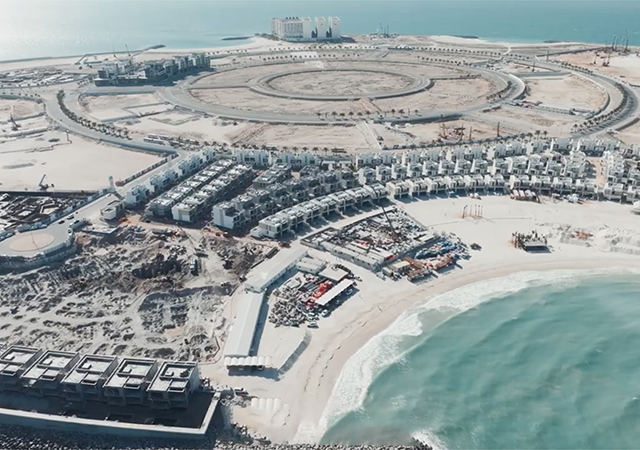

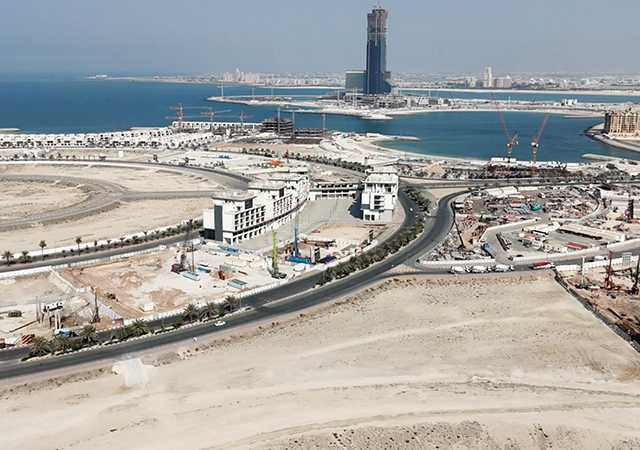


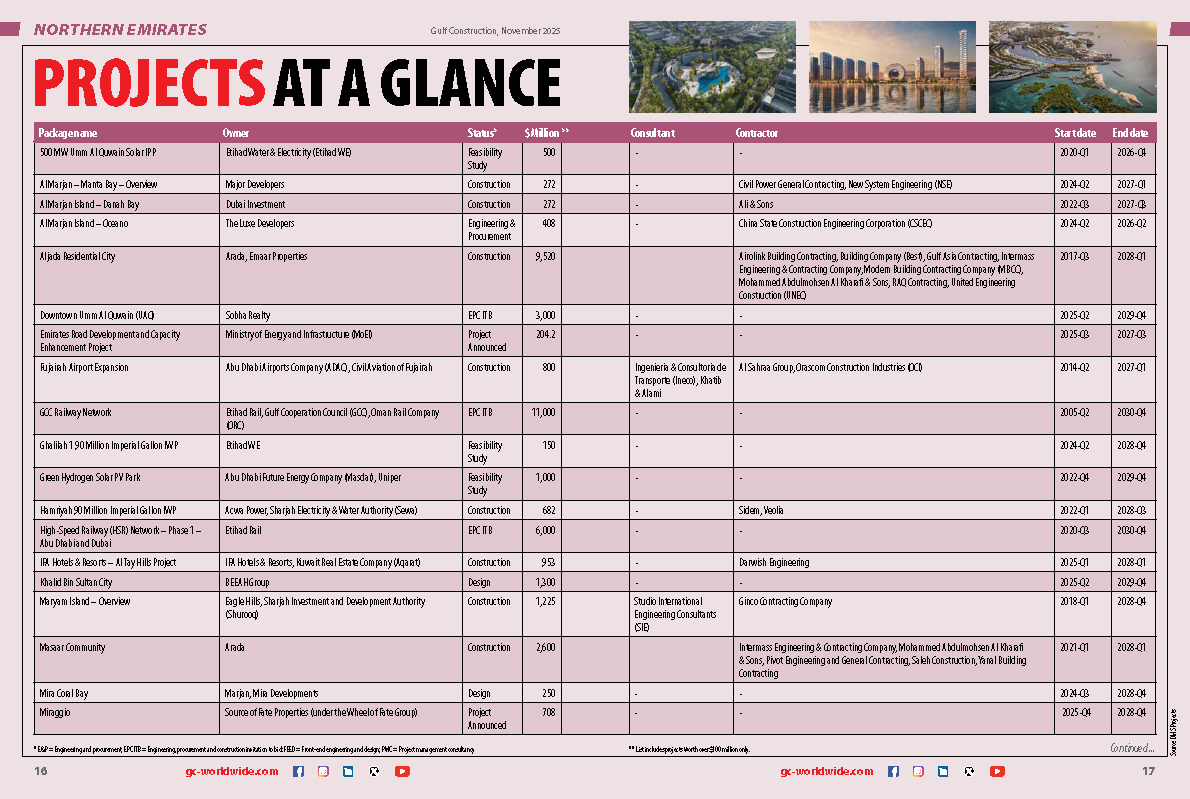
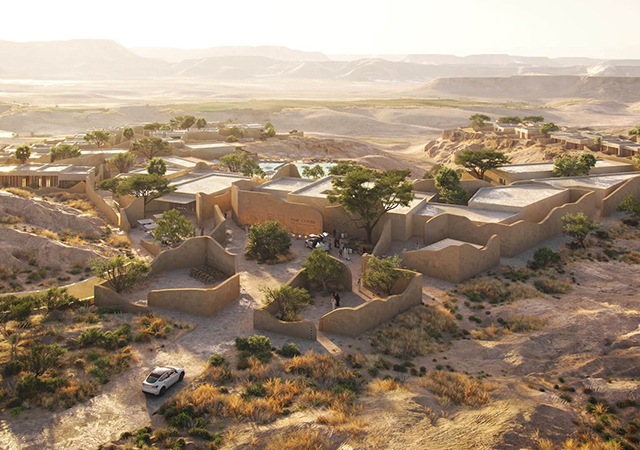
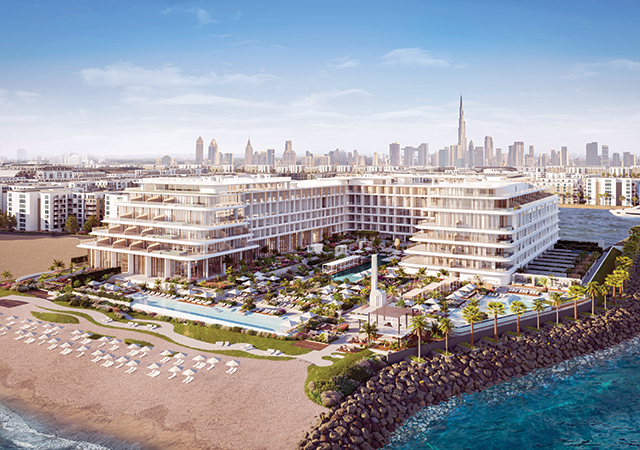
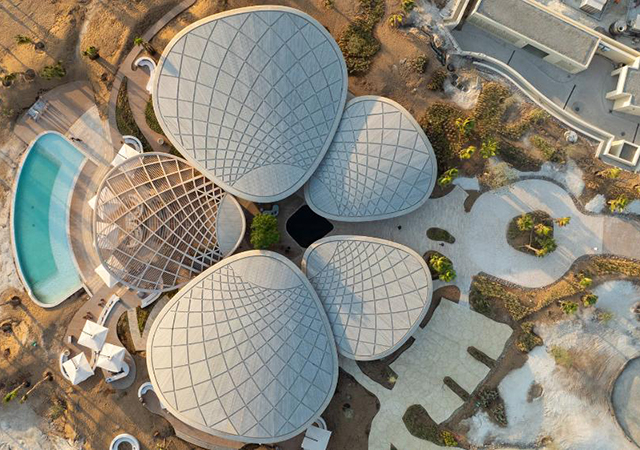

(5).jpg)


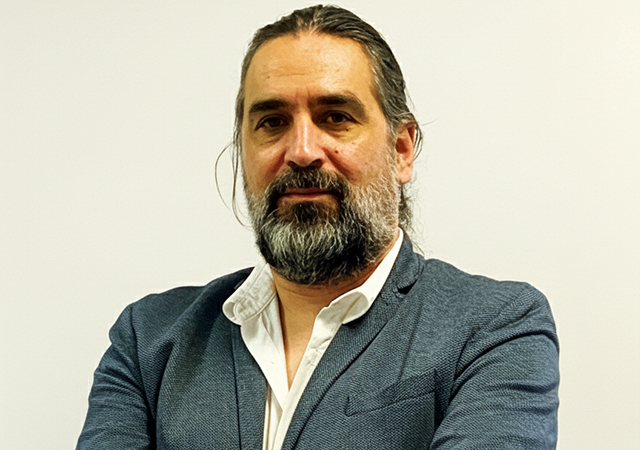

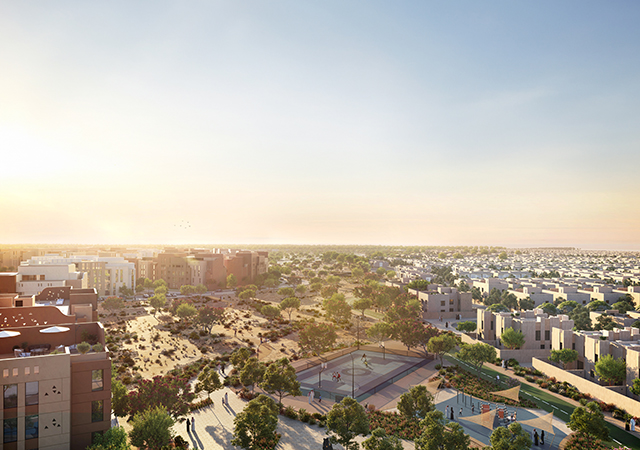
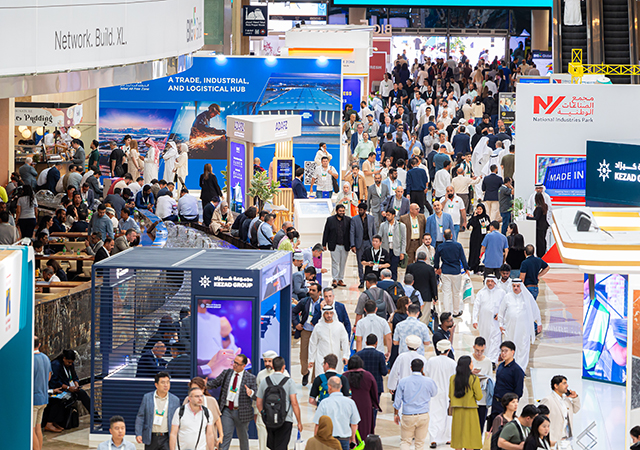


.jpg)





